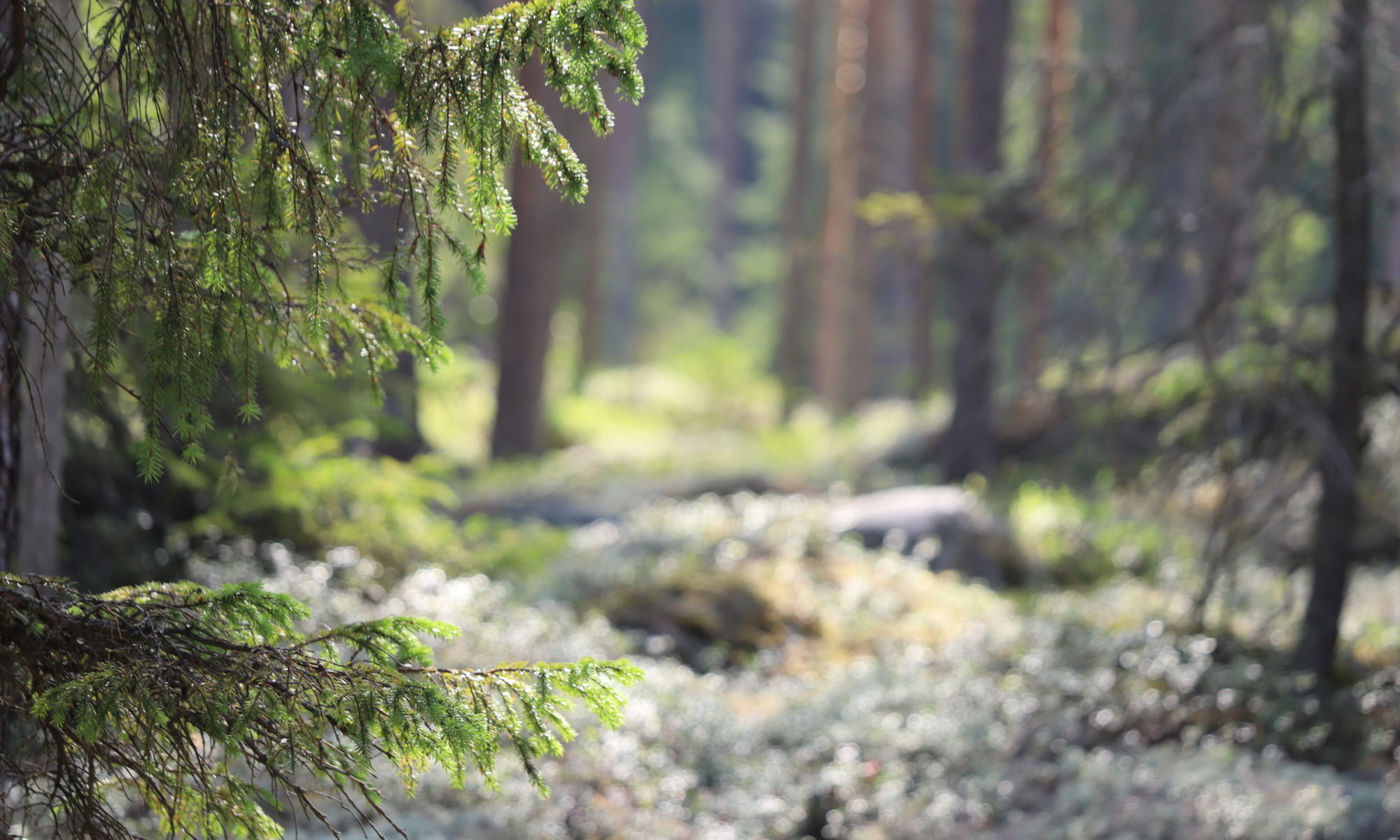Maria Hofman-Bergholm
Athith Sagar
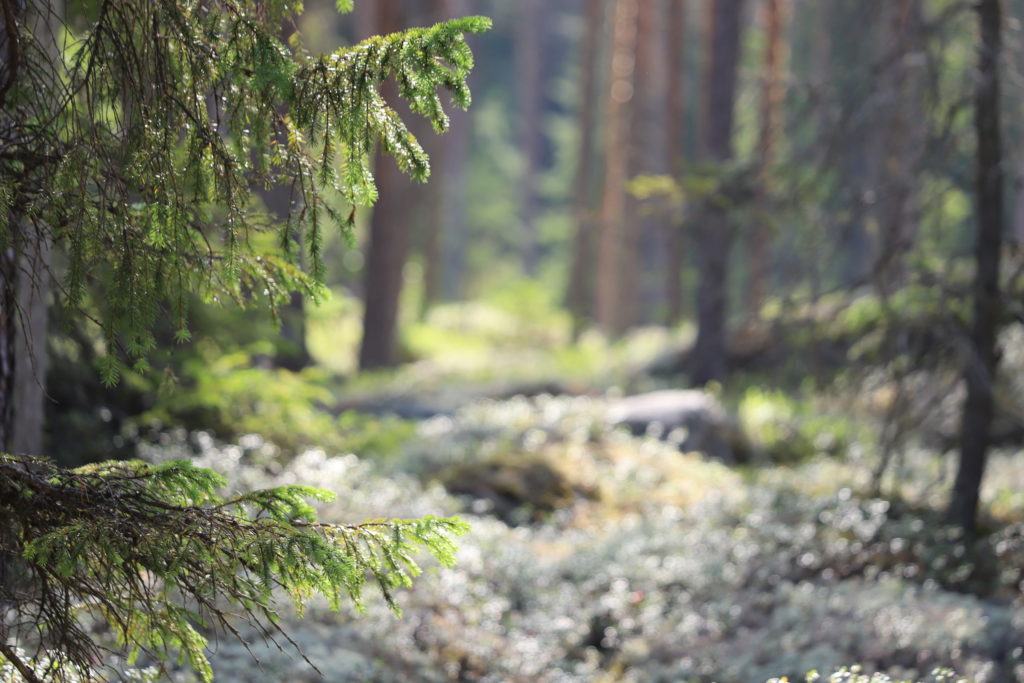
Bioeconomy is an important and growing sector globally and it refers to an economy that uses renewable natural resources to create industry, energy, products and services. Bioeconomy reduces dependence on fossil natural resources, prevents the depletion of ecosystems and creates new economic growth and new jobs according to the principles of sustainable development. Bioeconomy is based on a production making use of available renewable natural materials in a sustainable manner by developing innovations and technologies.
Forest, water, fish, agriculture and food are all important parts of the bioeconomy. (Finlands bioekonomiska strategi 2014; Jord- och skogsbruksministeriets webbplats om bioekonomi.)

Bioeconomy globally
Research and business expertise are important parts in developing our renewable natural resources in an increasingly sustainable and ecological way. Countries around the world has developed their own national bioeconomy strategies and according to an OECD science, technology and innovation policy paper (Borowiecki & Philp 2019) it is clear that different countries take different approaches to their bioeconomy strategies. For example, there are some countries strongly emphasizing sustainable agriculture (e.g. France) while others focus on forestry (e.g. Finland) or medicine and human health (e.g. the United States). Both the United States and the United Kingdom have taken a biotechnology approach in their bioeconomy strategy.
Within forest bioeconomy there is a focus on innovations in the circular use of forest products and resources, but there are also different local approaches within forest bioeconomy. For example, in the Mediterranean a forest bioeconomy has been developed with focus on business models for Non-Wood Forest Products, recreational uses of forests and social inclusion (MedForest). According to a European Commission report (European Commission, Directorate-General for Research and Innovation 2016) written by an expert group, there is an urgent need for more emphasis on disease prevention by building on the recognition of the positive links between healthy environments, healthy societies, human health and well-being.
The Finnish bioeconomy
Thanks to its wealth of excellent renewable natural resources, high-class skills and industrial strengths, Finland has the right conditions to be a pioneer within bioeconomy in the world. The most important renewable natural resources in Finland are the biomasses of forests, the soil, biomass of fields, waters and oceans. We also have ecosystem services which are services that nature provides, for example carbon sequestration and recreational opportunities. The ecosystem services are vital and constant work to prevent the depletion of our ecosystems is crucial. The fact that natural resources are not wasted but utilized and recycled efficiently is a central part of the bioeconomy. (Finlands bioekonomiska strategi 2014; Valtioneuvosto 2022.)
The value added of arable raw materials and forest raw materials is rising, during 2019 bioeconomy generated about 13% of the value added generated in the national economy in Finland. (Valtioneuvosto 2022; Jord- och skogsbruksministeriets webbplats om blå bioekonomi; Jord- och skogsbruksministeriets webbplats om bioekonomi.)
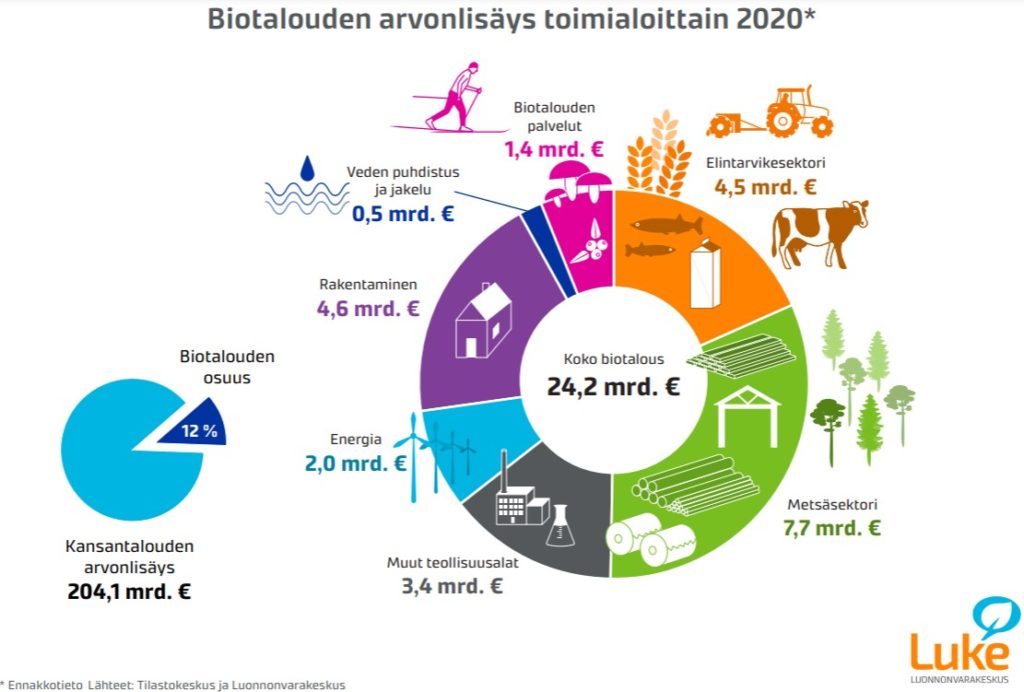
In Finland the part of bioeconomy concerning forest is called green bioeconomy, which is the base in Finnish bioeconomy and our most valuable natural resource. The green bioeconomy covers several different industrial and production areas and activities based on trees or forests. The forest bioeconomy includes, for example, the processing of forest biomass in the chemical, forestry, energy or food industries. The forest’s bioeconomy also includes berries and wildlife animals as well as the recreational opportunities that the forests offer, such as outdoor life in the forest nature. Finland counts services that utilize nature as part of the bioeconomy, such as nature tourism. Yellow bioeconomy is agriculture and food production, and blue bioeconomy refers to business activities that are based on water competence and sustainable use of renewable water resources. (Finlands bioekonomiska strategi; Jord- och skogsbruksministeriet 2016; Jord- och skogsbruksministeriets webbplats om blå bioekonomi; Jord- och skogsbruksministeriets webbplats om bioekonomi.)
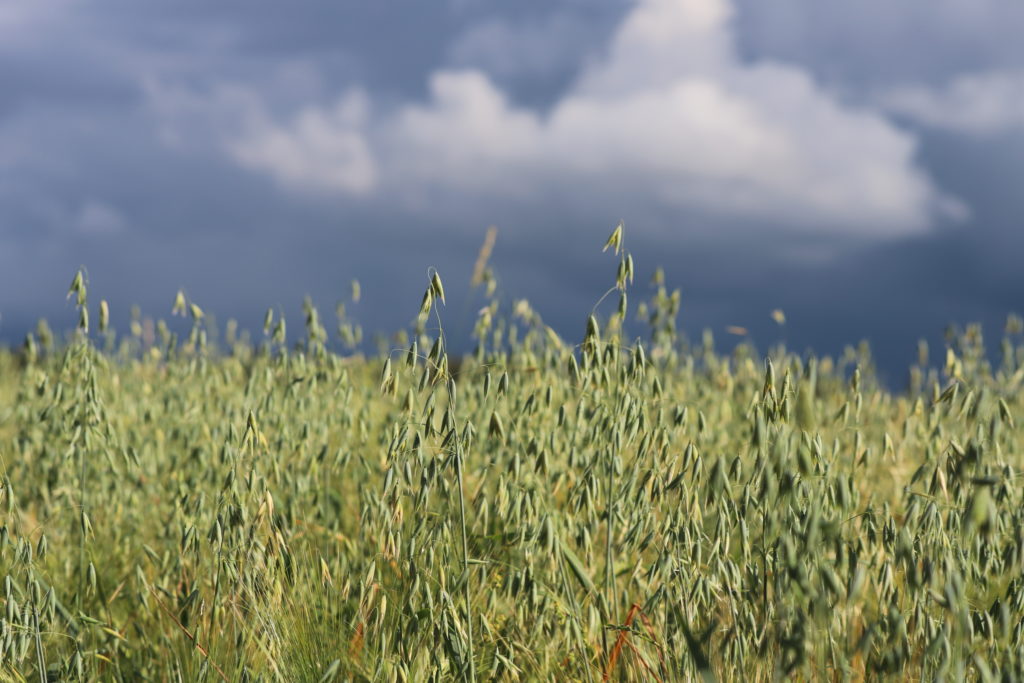
A fairly new report from the World Health Organization (WHO), “Nature, biodiversity and health: an overview of interconnections” (WHO 2021), emphasizes the importance of green spaces for both physical and mental well-being. In the report WHO declares great worry regarding the world population and its mental health status. Estimates indicate that depression will be the leading cause of disease globally by 2030. The report also points out that nature and well-being are linked to each other and refers research pointing out that living near green or blue spaces and spending time in these has a particularly positive effect on the population’s well-being and mental health. Spending time in green and blue spaces provides the “user” with necessary physical activity and enhances stress reduction, helping people to cope with daily pressure. (WHO 2021.) According to the Finnish government’s forest policy report 2050 ( Jord- och skogsbruksministeriet 2014), there is a global trend that public funds are not sufficient for all health care, whereby the responsibility for promoting health and well-being increases everywhere. The report points out that forest-based services can become an important part of the health care services. This means that our local forests and green spaces might become an important part of the Finnish bioeconomy, because “health is wealth” (European Commission, Directorate-General for Research and Innovation 2016).

For regular people it might be easier to see and understand the connection between bioeconomy and food production than between bioeconomy and health but there are different pathways by which the bioeconomy influences health. During the last years there have been emerging signals about the health risks from inappropriate diets, such as excess of meat and dairy consumption, which in the next thought step lead into strategies regarding food production. Food and health are interconnected and as UK Department of Energy and Climate Change has highlighted that through reducing meat and dairy consumption a double benefit for the society could occur as it would conduce to both improved health and improved environment (European Commission, Directorate-General for Research and Innovation 2016). The role of forests in enhancing human health and well-being has been increasingly recognized during the last years as well, which in turn means that health can be connected to both food and forest bioeconomy approaches.
Example of innovations from the Finnish woods supporting health
Knowledge, research, entrepreneurship, innovations, and technologies are important cornerstones in building a flourishing bioeconomy. The ADELE ecosystem project is an example of Finnish innovation, which is implemented by Helsinki University and Tampere University (University of Helsinki). This project has culminated in a Finnish science-based company, Uute Scientific Oy, which has developed a natural microbe extract to be used in i.e. Finnish cosmetic products. The products with the microbial extract serve as a daily natural exposure and regulate the function of the defense system and protect against immune-mediated diseases. (Uute Scientific.)
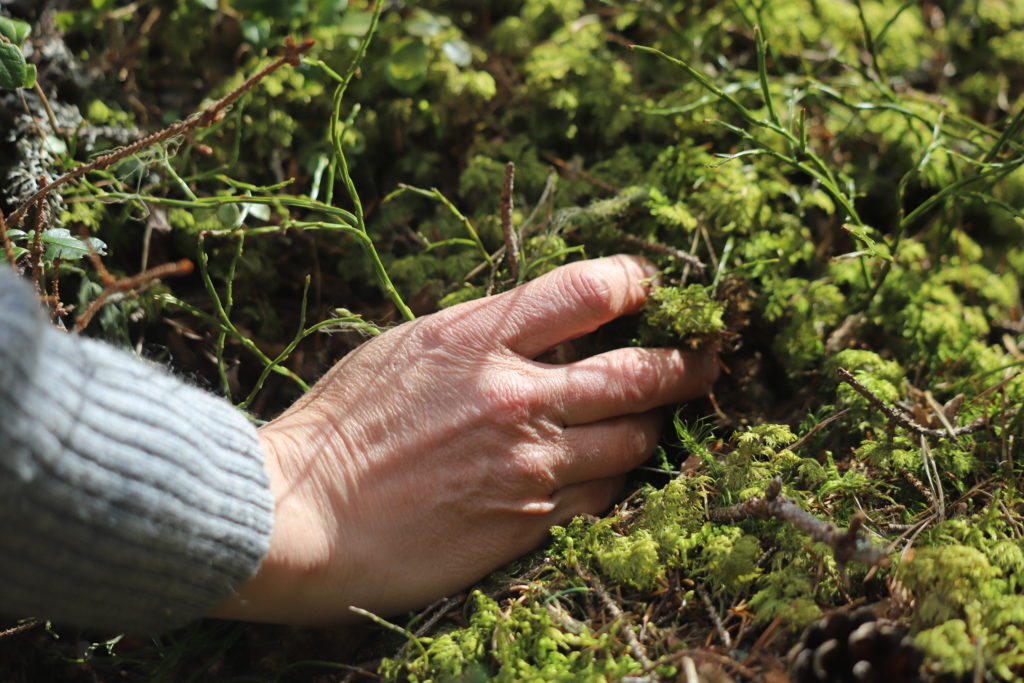
Another example is ongoing Finnish research (i.e. the Natural Resources Institute Finland and Helsinki University) on the anti-inflammatory effects and the impact on the immune system of Inonotus obliquus (known as chaga). A Finnish biotech company Kääpä forest is a forest service company which is specialized in multiple use of the forest and forestry of the chaga. (Kääpä forest.)
The Natural Resources Institute Finland (Luke) has also been the driving force involved in building the Finnish Green Care concept, a social innovation within the field of social and health care, for the needs of service providers and users. It gathers research knowledge about nature’s health and well-being and nature as a source for well-being. (Vehmasto, Salonen, Ilmarinen, Hirvonen, Saarinen, Peuraniemi, Paakkolanvaara, Aho, & Lipponen 2021.)
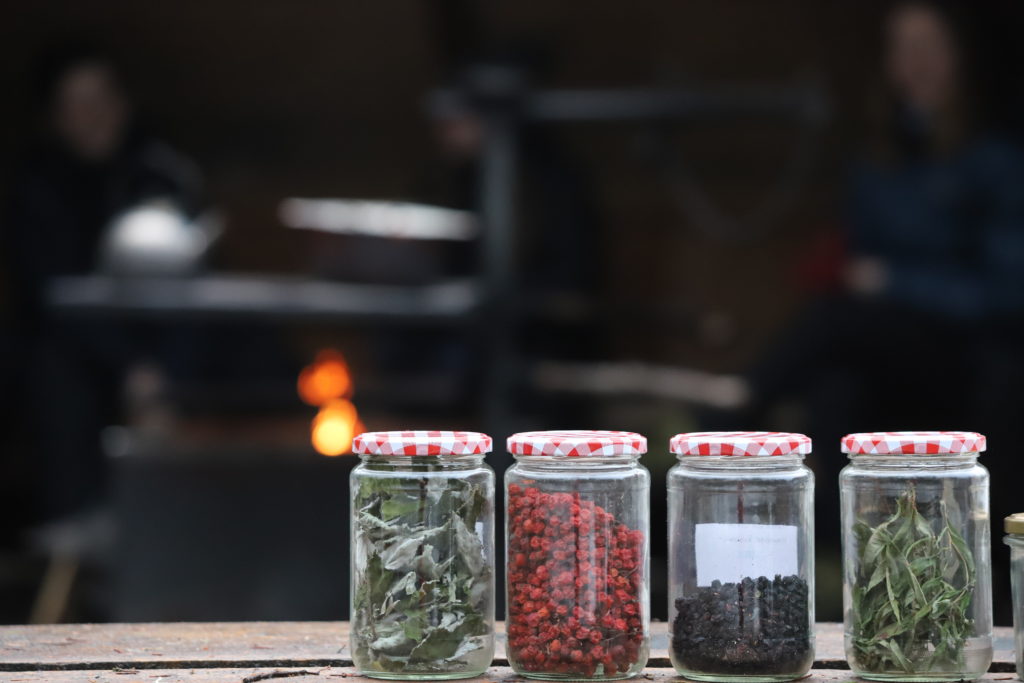
HEADLINES ̶ “Higher Education Accelerating Directed Learning in Nurturing Entrepreneurship”
The Entrepreneurship and well-being RDI department of Centria is involved in various projects with the different educational departments in the university that aim at developing learning experience, entrepreneurship, and soft skills. Multidisciplinary work between RDI fields and cooperation between education and RDI is a special interest at Centria. HEADLINES is an international activity funded by European Institute of Innovation & Technology, EIT within the HEI Initiative (Innovation Capacity Building for Higher Education) for the promotion of training in Entrepreneurship based on technological innovation around the areas of Food and Health. This project aims to incrementally improve the integration of entrepreneurship within partners universities ecosystems, focusing on accelerating directed learning in nurturing entrepreneurship, and turning universities into drivers for local and regional growth, leadership, knowledge, and innovative thinking.
Partners* develop and promote entrepreneurial initiatives at both local and international level, working in an integrated and common framework by sharing their expertise, prior experiences, and good practices in nurturing entrepreneurship. The goal is to develop new shared knowledge and well-focused polices to achieve a new higher education framework where entrepreneurship is deeply embedded into their education systems.

At Centria activities will focus on entrepreneurship and innovation for Food and Healthcare sectors because university partners have regional strengths in them. Despite this initial focus, as the project develops envisage that the lessons learned and good practices recognized are easily transferable to other sectors. When it comes to education, the project includes specific training on entrepreneurship that provides students with skills to develop innovative businesses or, at least, skills that benefit their employability, while introducing the need for innovation in companies. In addition to the training towards students, staff and non-staff personnel of Centria are also trained with Entrepreneurship knowledge on mentoring students/startups and other entrepreneurship related training to enhance the quality of entrepreneurship in Centria.
(* Led by Universidad de Burgos (Spain), the HEADLINES consortium is constituted by Centria University of Applied Sciences (Finland), Munster Technological University (Ireland) and Universidad Autónoma de Madrid (Spain) as higher education institutions. IMDEA Food Institute (Spain) and Mashauri Limited (United Kingdom) contribute to the consortium with their expertise in entrepreneurship learning programmes)
References
Borowiecki, M. & Philp, J. 2019. Policy initiatives for health and the bioeconomy. OECD Science, technology and industry policy papers, October 2019, No. 83. Available at: https://www.oecd-ilibrary.org/docserver/9d98177b-en.pdf?expires=1652722233&id=id&accname=guest&checksum=1C47B9D974F5FEB886FBFE996C5A74FB. Accessed 16 May 2022.
European Commission, Directorate-General for Research and Innovation. 2016. The junction of health, environment and the bioeconomy: foresight and implications for European research & innovation policies. Publications Office. Available at: https://data.europa.eu/doi/10.2777/968278. Accessed 16 May 2022.
Finlands bioekonomiska strategi. 2014. Available at: https://www.biotalous.fi/wp-content/uploads/2014/08/TEM_Biotalous_ruotsi.pdf. Accessed 16 May 2022.
Jord- och skogsbruksministeriet 2016. Bli bekant med bioekonomi – designer och experter på bioekonomiområdet formar framtiden tillsammans. Pressmeddelande 29.9.2016. Available at: https://mmm.fi/sv/-/tunne-biotalous-muotoilijat-ja-biotalouden-asiantuntijat-tekevat-tulevaisuutta-yhteistyossa. Accessed 16 May 2022.
Jord- och skogsbruksministeriets webbplats om blå bioekonomi. Available at: https://mmm.fi/sv/bioekonomi/bla-bioekonomi Accessed 16 May 2022.
Jord- och skogsbruksministeriets webbplats om bioekonomi. Available at: https://mmm.fi/sv/bioekonomi Accessed 16 May 2022. Accessed 16 May 2022.
Jord- och skogsbruksministeriet. 2014. Statsrådets skogspolitiska redogörelse 2050. Jord- och skogsbruksministeriets publikationer 1a/2014. Available at: http://urn.fi/URN:ISBN:978-952-453-824-4. Accessed 18 May 2022.
Kääpä forest. Forskning om sprängtickans egenskaper och påverkan. Available at: https://www.kaapaforest.fi/forskning. Accessed 16 May 2022.
MedForest. Bioeconomy. Available at: https://medforest.net/bioeconomy/. Accessed 16 May 2022.
University of Helsinki. Adele ecosystem and prevall. Avcailable at: https://www.helsinki.fi/en/researchgroups/nature-based-solutions/projects/adele-ecosystem-and-prevall. Accessed 18 May 2022.
Uute Scientific.2020. Finnish science-based Uute Scientific Oy brings natural microbes to cosmetic products – the possibilities of using the extract are huge. Press release 15 Oct 2020. Available at: https://www.uutescientific.com/press-release-finnish-science-based-uute-scientific-oy-brings-natural-microbes-to-cosmetic-products-the-possibilities-of-using-the-extract-are-huge. Accessed 17 May 2022.
Valtioneuvosto. 2022. Finlands bioekonomiska strategi. Högre mervärde på ett hållbart sätt. Statsrådets publikationer 2022:4. Available at: http://urn.fi/URN:ISBN:978-952-383-563-4. Accessed 17 May 2022.
Vehmasto, E., Salonen, K., Ilmarinen, K., Hirvonen, J., Saarinen, S., Peuraniemi, T., Paakkolanvaara, J-V., Aho, M. & Lipponen, M. 2021. Suomalainen Green Care: Green Care -toimintatavan käsikirja & LuontoVoiman ja LuontoHoivan laatutyökirja. Luonnonvarakeskus ja Green Care Finland ry. Available at: http://urn.fi/URN:ISBN:978-952-380-189-9 Accessed 18 May 2022.
WHO 2021. Nature, Biodiversity and Health: an overview of interconnections. Available at: https://www.euro.who.int/en/publications/abstracts/nature,-biodiversity-and-health-an-overview-of-interconnections-2021. Accessed 18 May 2022.
Maria Hofman-Bergholm
RDI-expert
Centria University of Applied Sciences
Tel. +358 40 356 3305
Athith Sagar
RDI-expert
Centria University of Applied Sciences
Tel. +358 40 635 9442
Photos by Sara Kåll-Fröjdö / RDI-expert, Centria University of Applied Sciences

